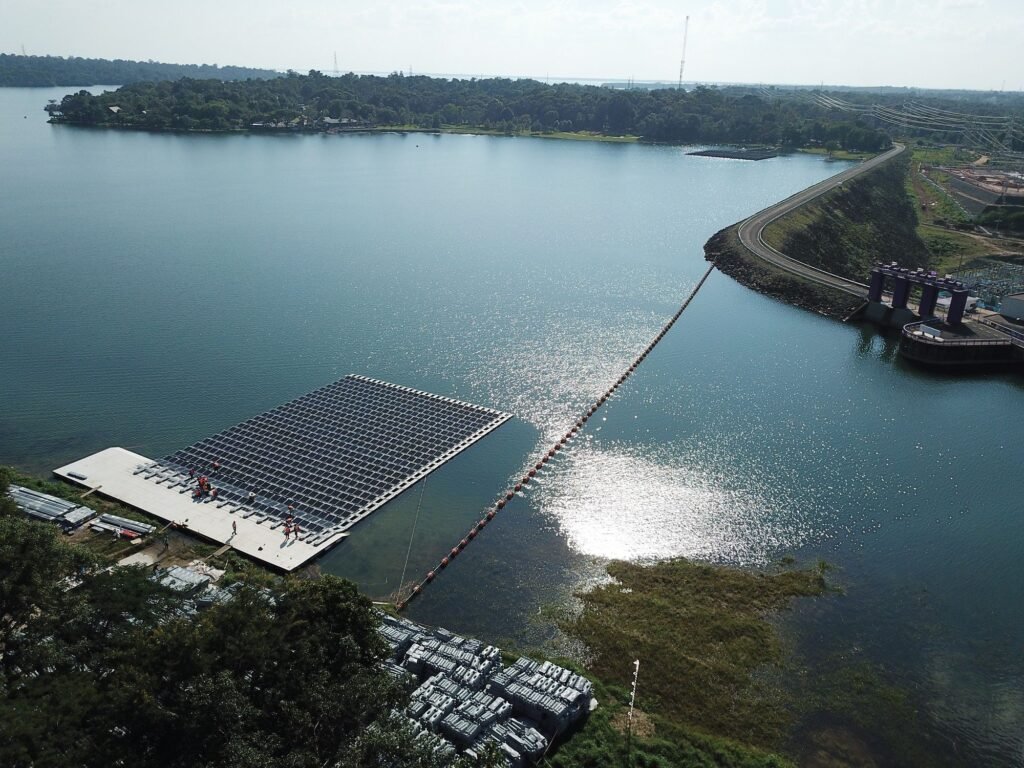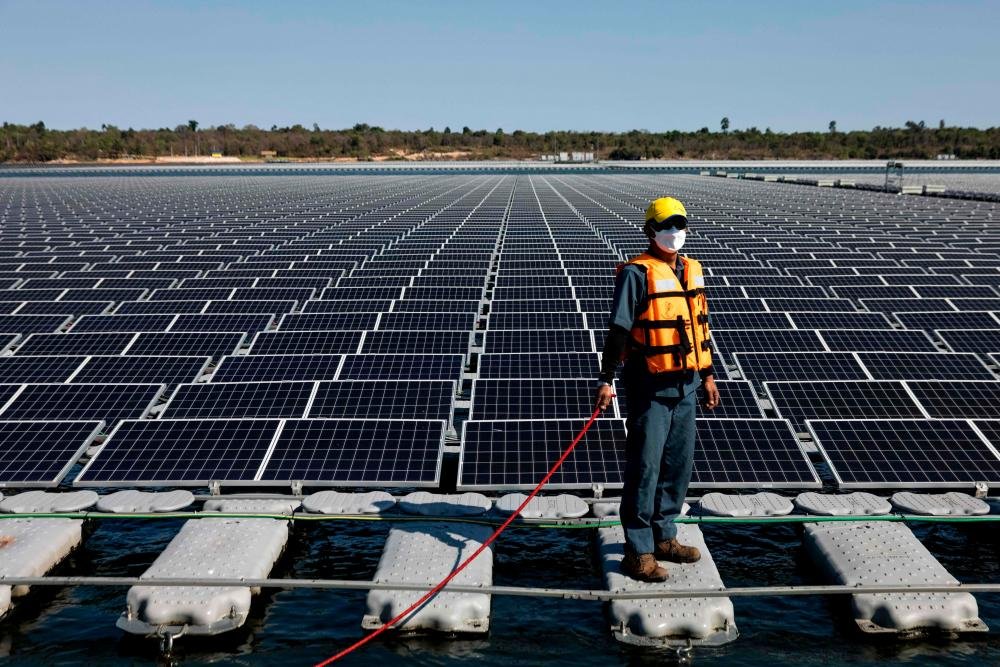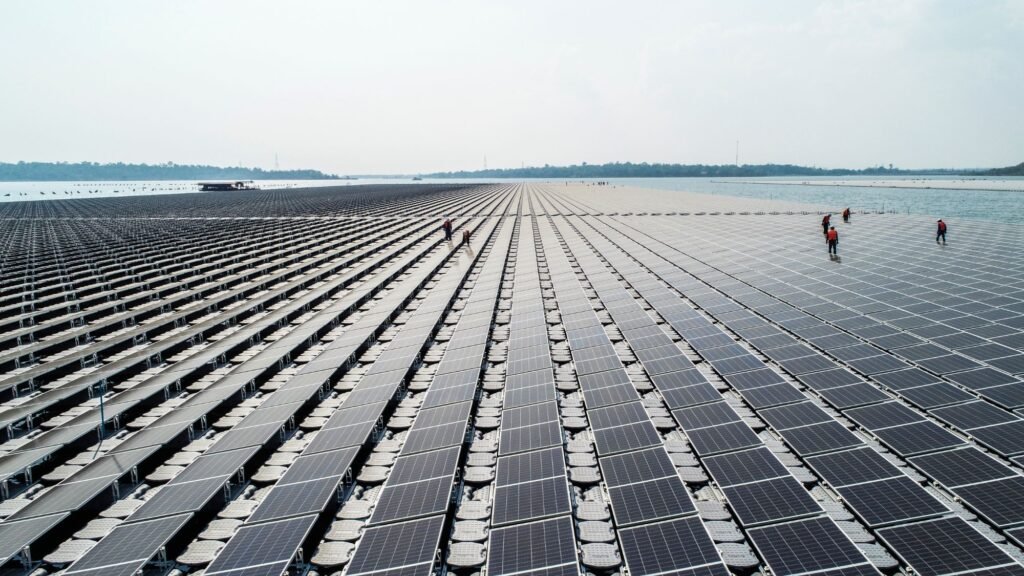Thailand is aiming to become carbon neutral by 2050 and is focusing on decarbonizing its energy sector by reducing reliance on coal, oil, and natural gas and increasing the use of renewable energy sources. The country is expecting significant growth in hydropower, wind, and biofuels, but the largest growth is anticipated to come from the solar industry.
As of 2021, Thailand had 2.9 GW of installed solar PV capacity, with a target of reaching 15.6 GW by 2037, surpassing all other forms of renewable energy.

In addition to land-based solar PV projects, Thailand has successfully launched the world’s largest floating hydro-solar project in 2021 which had a capacity of 45 MW with 145,000 panels. This has led to the Electricity Generating Authority of Thailand (EGAT) planning 15 more clean energy projects which will generate over 2.7 GW of energy.

Floating PV projects offer unique advantages compared to traditional land-based installations. By utilizing water surfaces for solar farms, land is preserved for economic development purposes. This approach allows Thailand to expand its renewable energy capacity without sacrificing land that could be used for businesses, agriculture, or conservation. This strategy enables the country to support both its PV capacity growth and economic development simultaneously.

Additionally, the water produces a cooling effect on the PV projects, which improves panel performance by between 5-10%. This leads to substantial cost savings over the project’s lifespan. Historically, hydropower reservoirs have been an ideal location for floating PV projects and Thailand, with 2.7 GW of installed hydropower in 2021, certainly has viable reservoirs available.
Other countries in SouthEast Asia could follow the lead of Thailand with the hopes of diversifying their energy options. China and India have helped lead the way in floating solar.
Reference- Clean Technica, EGAT website and Newsroom, PV Magazine






